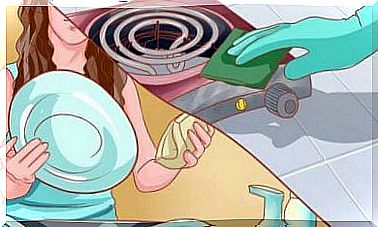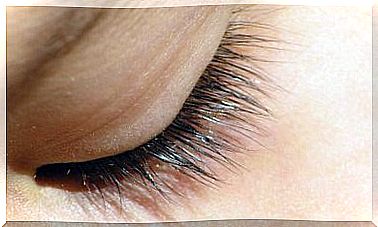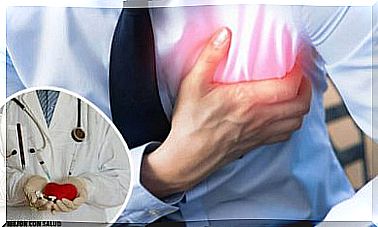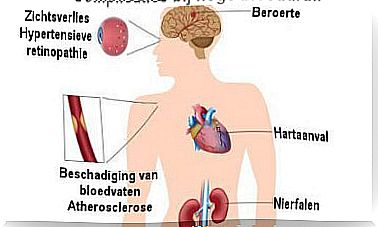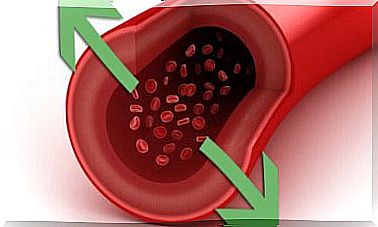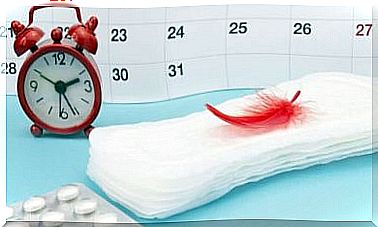HDL And LDL Cholesterol: Everything You Need To Know
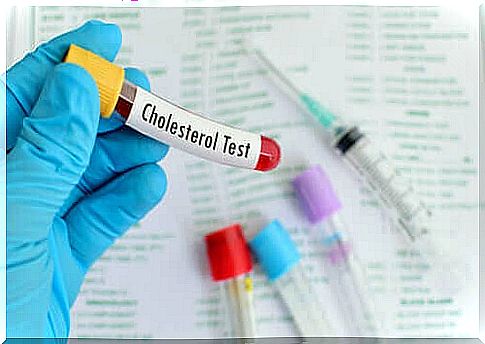
Patients with heart problems often talk about HDL and LDL cholesterol. Anyone who has had a heart attack knows that they need to raise some blood levels and lower others to protect their heart.
However, not only heart patients are familiar with these terms. Global prevention campaigns have paid off as more and more people now understand how cholesterol works and what effects it has on the arteries.
Both HDL and LDL cholesterol are components of cholesterol. They are fatty substances that cells need for metabolism. As such, we don’t need to eliminate cholesterol completely, but we need to keep it under control.
Based on what can be measured in a blood test, cholesterol is divided into two categories:
- HDL. The fat that cleans the veins without clogging them. It is known as “good” cholesterol.
- LDL. This is the type that deposits on the walls of the arteries. It is known as “bad” cholesterol.
- Triglycerides. A particular fat found in cells and in the blood that is influenced by diet.
What is HDL Cholesterol?
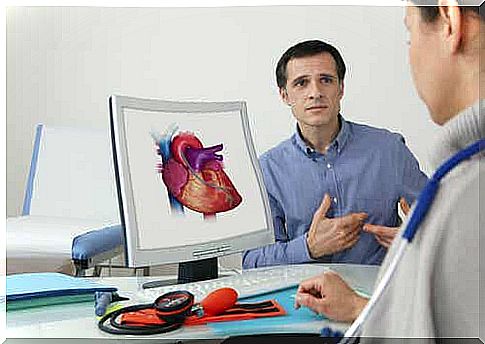
As we explained above, HDL and LDL cholesterol are not the same thing. The so-called “good” cholesterol or high-density lipoprotein (HDL) cholesterol carries fats from different parts of the body to the liver. In other words, it ‘cleans’ the arteries.
You should try to increase the level, because a higher HDL content ensures better functioning of the heart and blood vessels. Contrary to popular belief about cholesterol, you should try to raise the level of this strain.
Unfortunately , the use of certain drugs for chronic conditions can actually lower levels. For example, this almost inevitably happens in people who take beta blockers. Benzodiazepines and progestins, among other drugs, also affect HDL cholesterol levels.
HDL and LDL cholesterol are treated in the same way because, in general, an increase in HDL usually leads to a decrease in LDL. It is known that tobacco has more influence on HDL than on LDL (Spanish link).
What is LDL Cholesterol?
LDL stands for low-density lipoprotein, commonly known as “bad” cholesterol. It is harmful because it tends to settle on the inner walls of the arteries, blocking blood flow.
LDL can cause atherosclerosis. The plaque that adheres to the artery wall contains fat that is carried along by this lipoprotein. Cardiologists insist on lowering its biochemical levels to prevent heart attacks and angina.
Higher LDL cholesterol levels linked to lower oxygen supply to vital organs. When the plaque separates from the artery wall after it has reached its breaking point, acute problems occur. The numbers look like this:
- Less than 100 milligrams per deciliter (mg/dL) of LDL is healthy.
- Up to 130 milligrams per deciliter is acceptable.
- Higher levels are risky and the risk increases if they are above 190.
Raising LDL Cholesterol Levels and Lowering HDL Cholesterol Levels
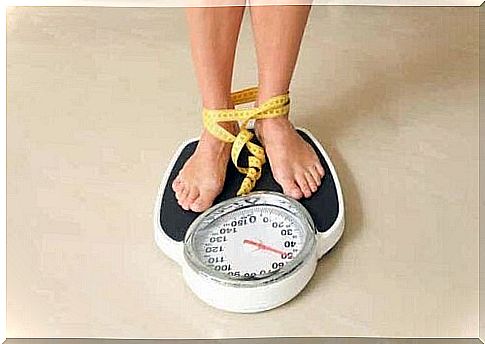
You can take certain preventive measures to raise HDL cholesterol and lower LDL cholesterol. This is not exclusive to heart patients, but should be routine for everyone to reduce cardiovascular risk. We will discuss the main points below.
Weight control
An overweight person may also have elevated LDL cholesterol levels, in addition to the cardiac risk associated with obesity. The good news is that lowering body mass index also lowers “bad” cholesterol.
Exercise
Unlike a sedentary lifestyle, exercise raises HDL cholesterol levels. Exercise consumes body fat to produce the energy the muscles need. This removes the circulating cholesterol from the arteries and helps to clean them.
Healthy food
Although diet is important in controlling cholesterol levels, it is not decisive, as experts used to think. Excessive consumption of very high amounts of saturated fat raises LDL cholesterol above an acceptable level.
Studies on the Mediterranean diet suggest that a balanced diet stimulates the action of HDL cholesterol and ensures that this cholesterol transports fat more efficiently.
Tobacco
One of the many negative effects of smoking is that it lowers HDL cholesterol levels. In addition, it damages the walls of the blood vessels, causing plaque to form more quickly. It is therefore best not to smoke and to quit if necessary.
Control your cholesterol to live a better life
A sedentary lifestyle and the intake of many ultra-processed foods affect your quality of life. The fast-paced life we often lead today has an impact on health. Therefore, you should make an effort to change your habits to raise your HDL and lower your LDL.
